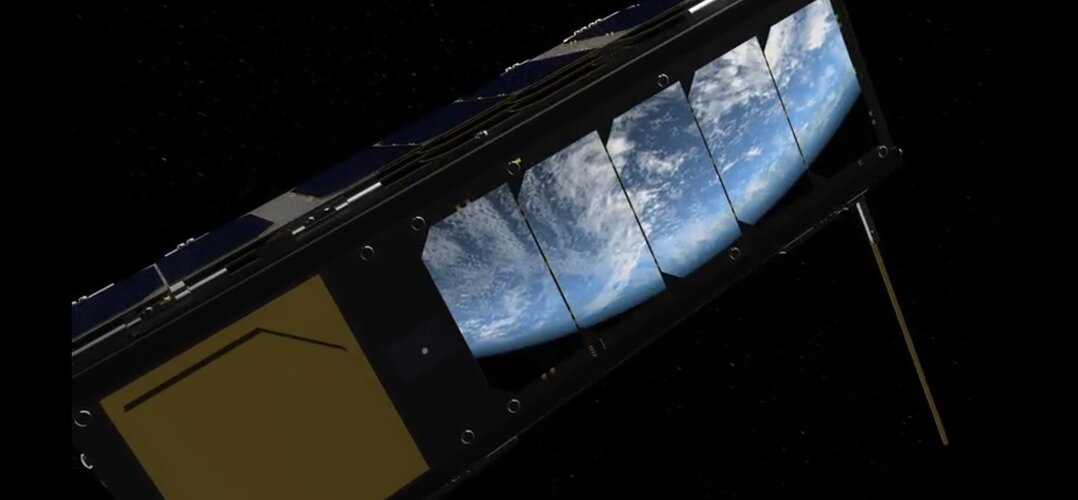Final defense bill nixes space guard, directs classification review of space programs
Tuesday, 07 December 2021 20:34
The Senate and House Armed Services Committees in a compromise National Defense Authorization Act for Fiscal Year 2022 removed language that would have created a Space National Guard, and included a provision directing DoD to identify space programs that could be declassified.
Valley Tech Systems wins $94 million missile defense contract
Tuesday, 07 December 2021 18:07
Valley Tech Systems, a firm recently acquired by Voyager Space, won a $94 million contract from Lockheed Martin to provide a solid propulsion subsystem for the U.S. Missile Defense Agency’s Next Generation Interceptor.
China’s SAR satellite surge continues with new constellation plan
Tuesday, 07 December 2021 17:15
A new Chinese constellation for disaster prevention, early warning and natural resource monitoring will bring yet more players into developing small synthetic aperture satellites in the country.
Andesat taps Astranis for Peru’s first dedicated telecoms satellite
Tuesday, 07 December 2021 17:03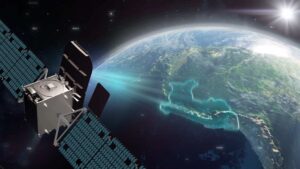
Cellular backhaul provider Andesat has ordered Peru’s first dedicated telecoms satellite in a deal with Astranis, which will build a teleport in the country ahead of the spacecraft’s expected 2023 launch.
Op-ed | U.S. must stop Russia before space turns into a wasteland
Tuesday, 07 December 2021 16:02
The growth generated from investments will be left unrealized if the government falls short in protecting the space domain.
Webb and Ariane 5 – Preparing for launch
Tuesday, 07 December 2021 15:30 Video:
00:04:00
Video:
00:04:00
The world’s next generation cosmic observatory, the James Webb Space Telescope, is due for launch on an Ariane 5 from Europe’s Spaceport in French Guiana.
Webb is a joint project between NASA, the European Space Agency, and the Canadian Space Agency and is a remarkable feat of engineering and technology. The telescope is fitted with the largest astronomical mirror ever flown in space, sophisticated new scientific instruments, and a sunshield the size of a tennis court.
Ariane 5 is one of the most reliable launch vehicles in the world and special modifications have been made for the preparation and
India, Russia agree to enhance space cooperation
Tuesday, 07 December 2021 15:19
India and Russia agreed Dec. 6 to strengthen cooperation in the space sector, including human spaceflight programs and satellite navigation.
Airbus will build ESA's Ariel exoplanet satellite
Tuesday, 07 December 2021 13:07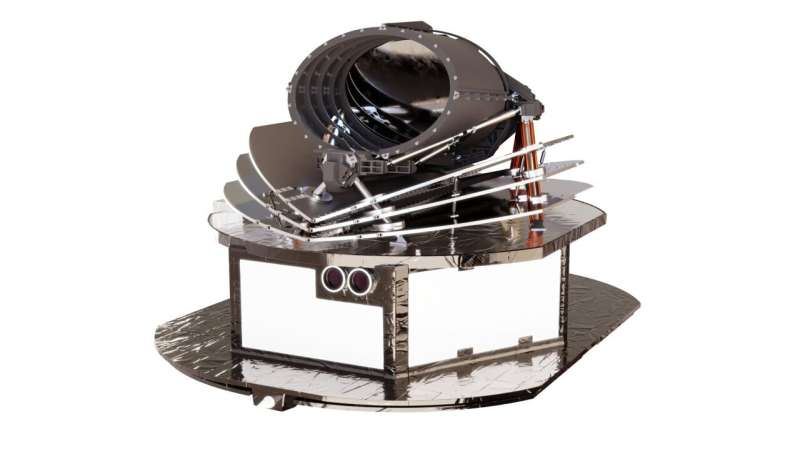
ESA and Airbus have signed a contract to move forward with the design and construction of the Atmospheric Remote-sensing Infrared Exoplanet Large-survey, Ariel, planned for launch in 2029.
Ariel is the third in a trio of dedicated exoplanet missions conceived by ESA focusing on various aspects of this rapidly evolving subject area. It will follow Cheops, which launched in 2019, and Plato, scheduled for launch in 2026.
Ariel will study the composition of exoplanets, how they formed and how they evolve, by surveying a diverse sample of about 1000 extrasolar planets, simultaneously in visible and infrared wavelengths.
It is the first mission dedicated to measuring the chemical composition and thermal structures of exoplanets, linking them to the host star's environment. This will fill a significant gap in our knowledge of how the planet's chemistry is linked to the environment where it formed, or if and how the type of host star drives the physics and chemistry of the planet's evolution.
JWST – A New View of the Universe
Tuesday, 07 December 2021 13:00 Video:
00:04:00
Video:
00:04:00
The world’s next generation cosmic observatory, the James Webb Space Telescope, is due for launch on an Ariane 5 from Europe’s Spaceport in French Guiana in late December.
Developed and constructed over more than 30 years, Webb is a remarkable feat of engineering and technology – with the largest astronomical mirror ever flown in space, sophisticated new scientific instruments, and a sunshield the size of a tennis court.
Webb is a joint project between NASA, ESA, and the Canadian Space Agency and will reveal the Universe in a whole new light. Optimised for infrared wavelengths, its detectors will be
Welcome to fast space
Tuesday, 07 December 2021 12:07
Reconnecting the ecosystem. From December 13th to 16th Euroconsult will host the World Satellite Business Week in Paris, 822 days after the last one.
NASA announces new astronauts as safety panel recommends strategic planning for space exploration
Tuesday, 07 December 2021 11:44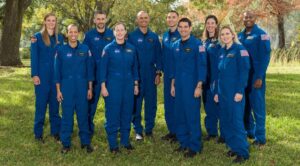
NASA announced a new class of astronauts that will be eligible for missions to the moon on the same day the agency’s safety advisers called for strategic planning to ensure success in those exploration efforts.
Chinese private firm Galactic Energy puts five satellites in orbit with second launch
Tuesday, 07 December 2021 10:23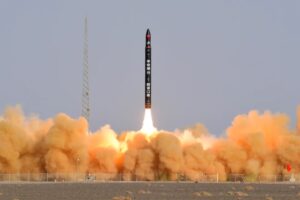
Rocket company Galactic Energy launched its second Ceres-1 rocket late Dec. 6, becoming the first Chinese private firm to reach orbit twice.
ULA launches STP-3 mission with national security and NASA payloads
Tuesday, 07 December 2021 09:35
A United Launch Alliance Atlas 5 rocket on Dec. 7 launched the Space Test Program-3 (STP-3) mission for the U.S. Space Force. The rocket lifted off at 5:19 a.m. Eastern from Space Launch Complex-41 at Cape Canaveral Space Force Station, Florida.
Rocket engine supplier Ursa Major raises $85 million in new funding round
Tuesday, 07 December 2021 09:00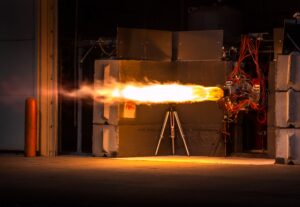
Ursa Major, a Colorado-based manufacturer of liquid engines for small space launchers and hypersonic vehicles, announced Dec. 7 it has closed an $85 million Series C fundraising round.

